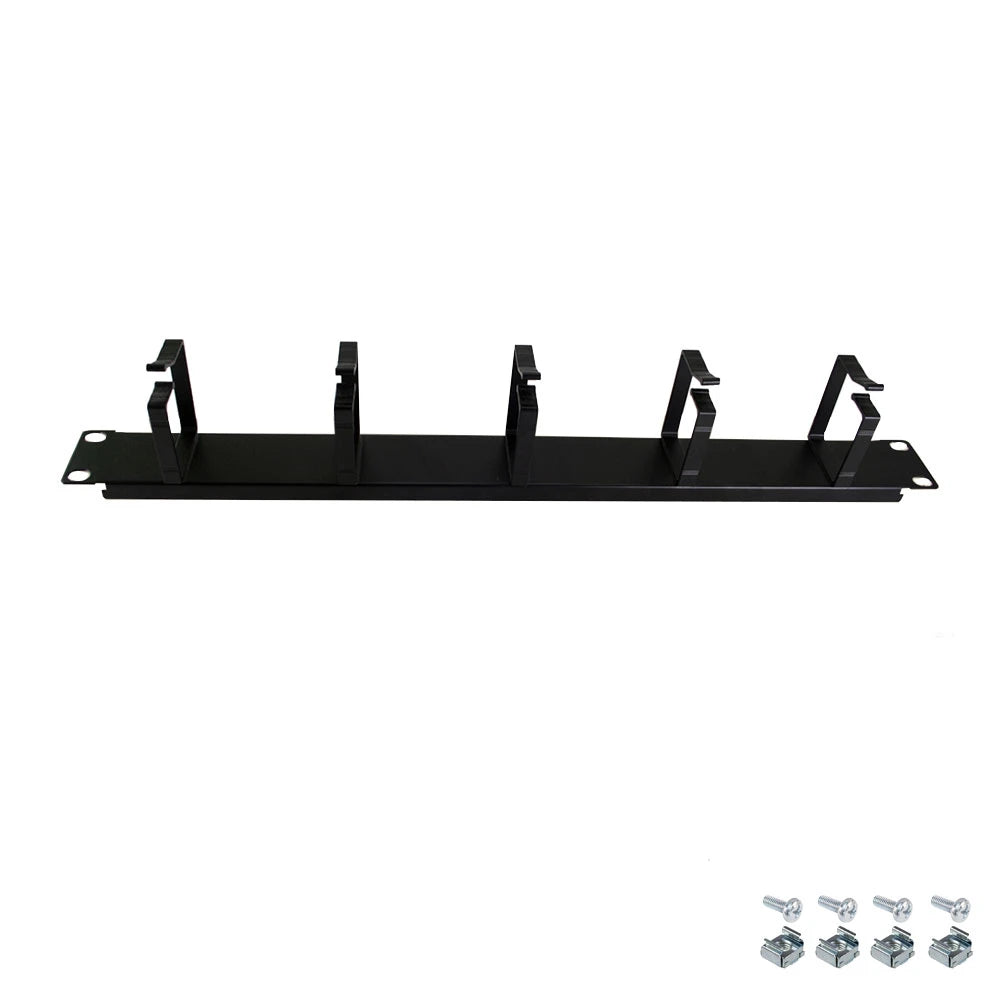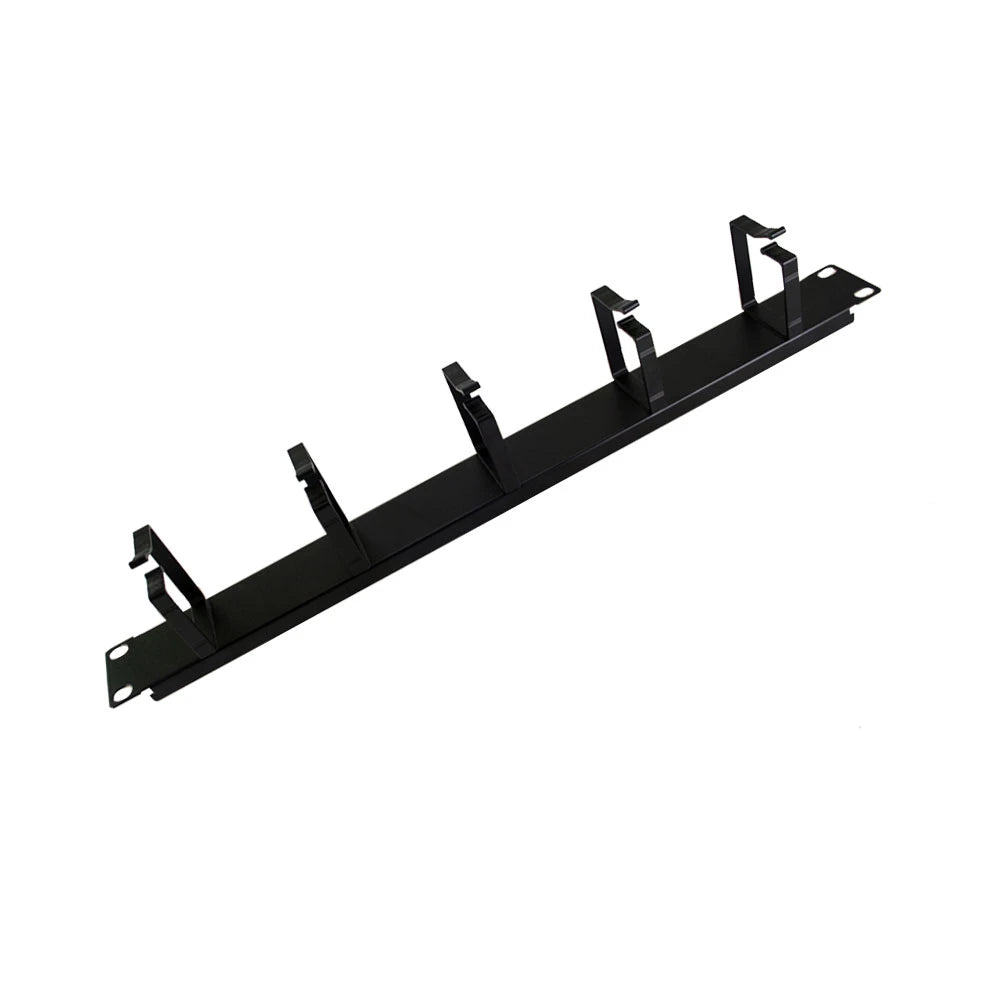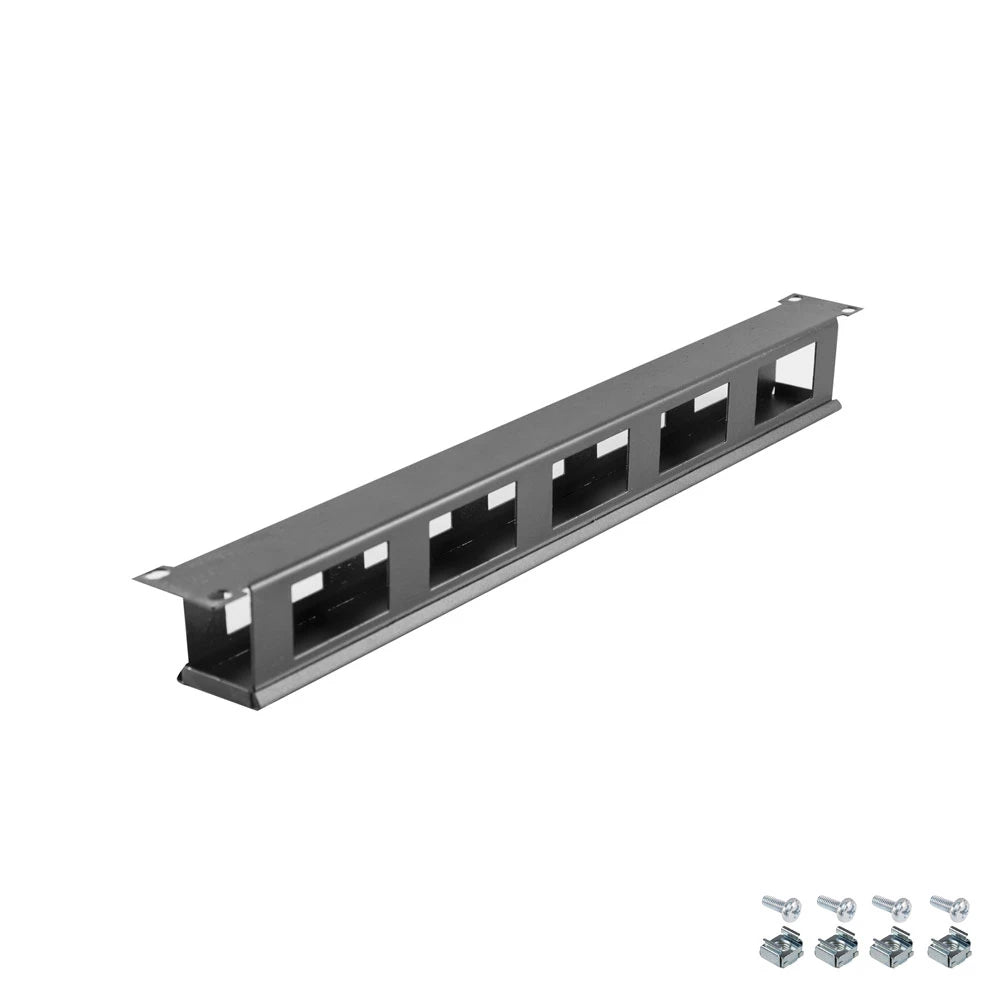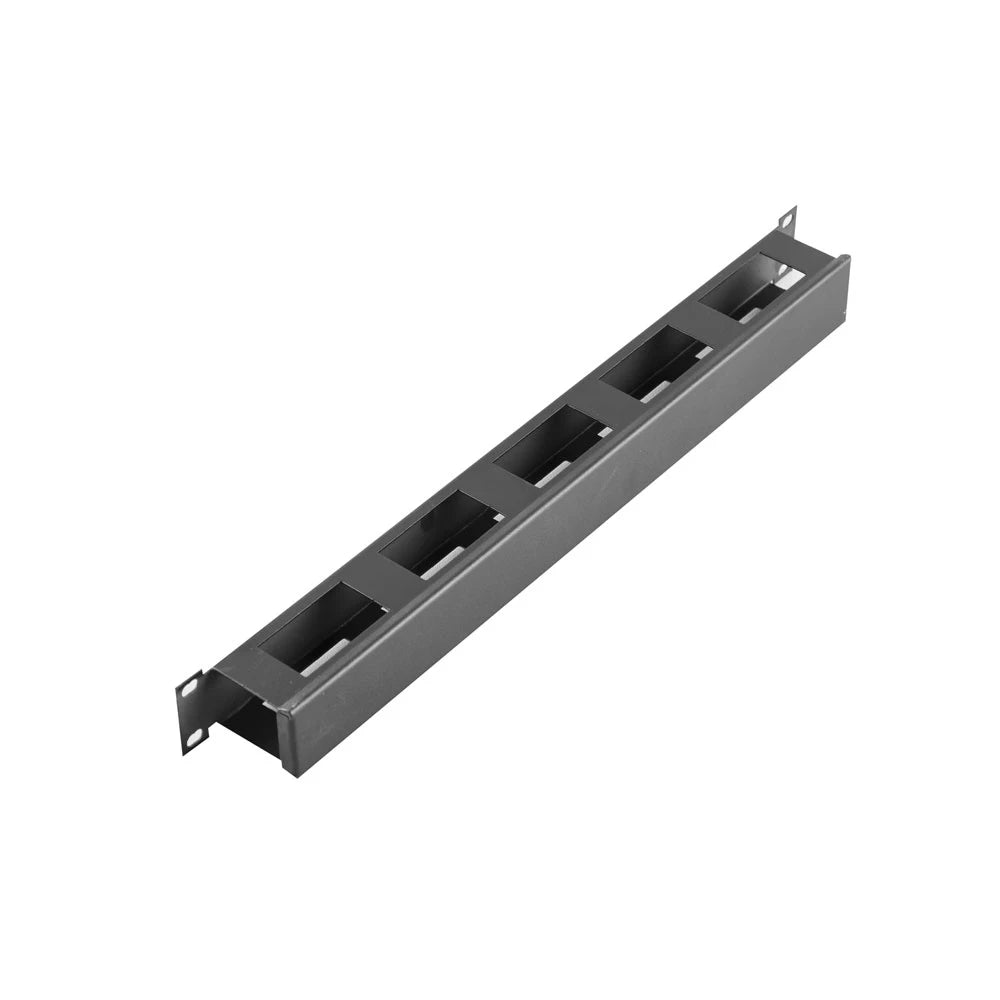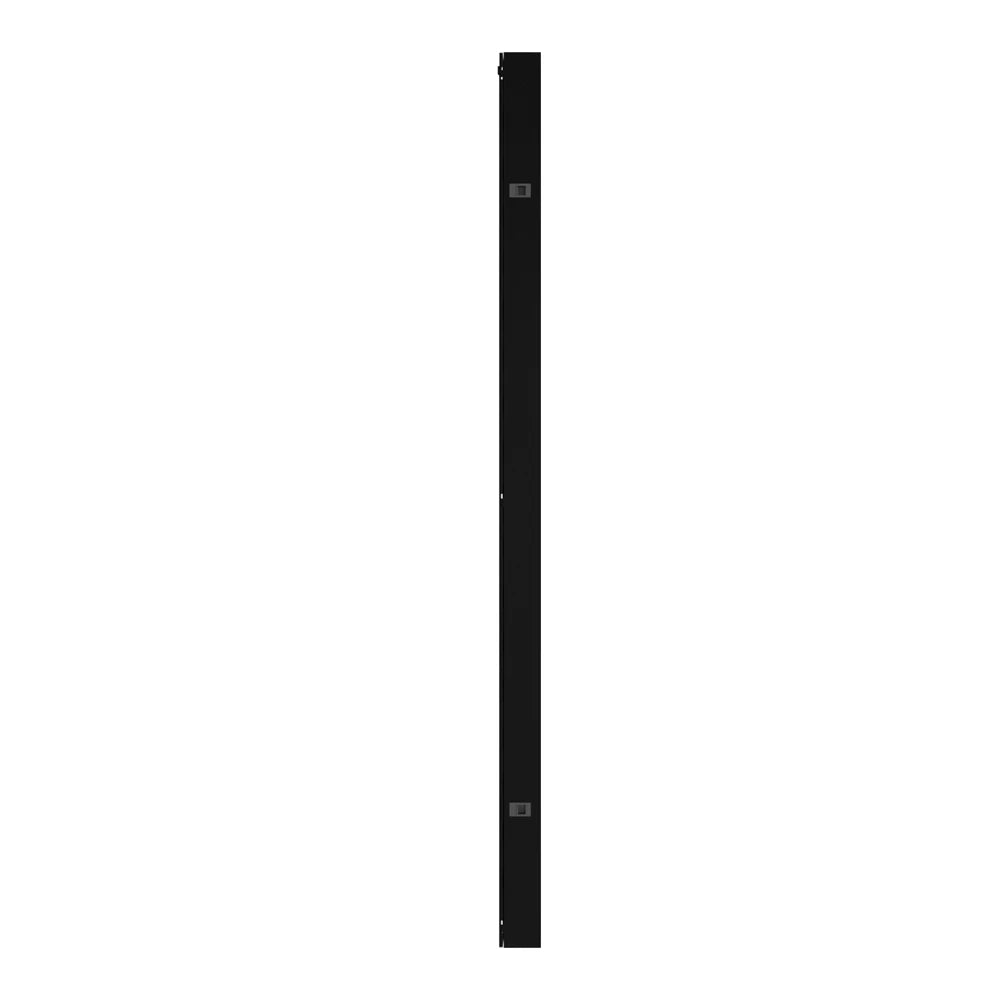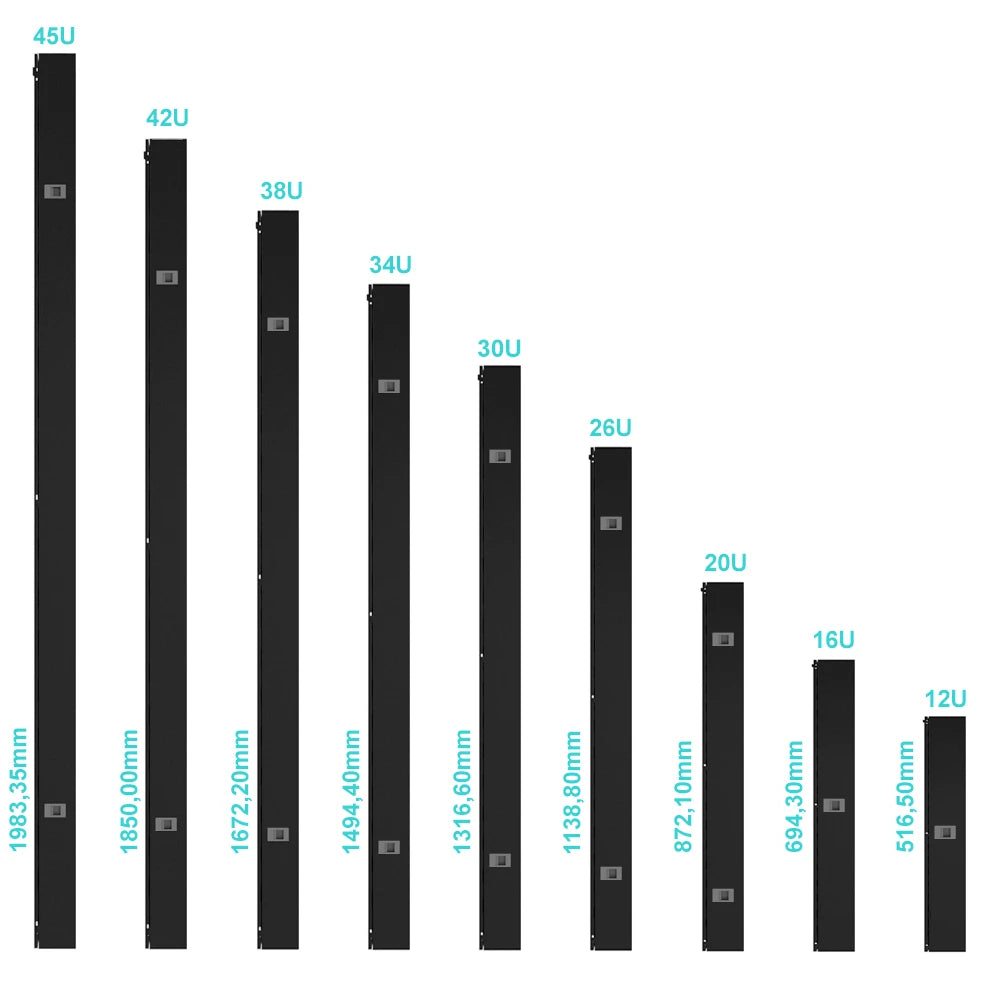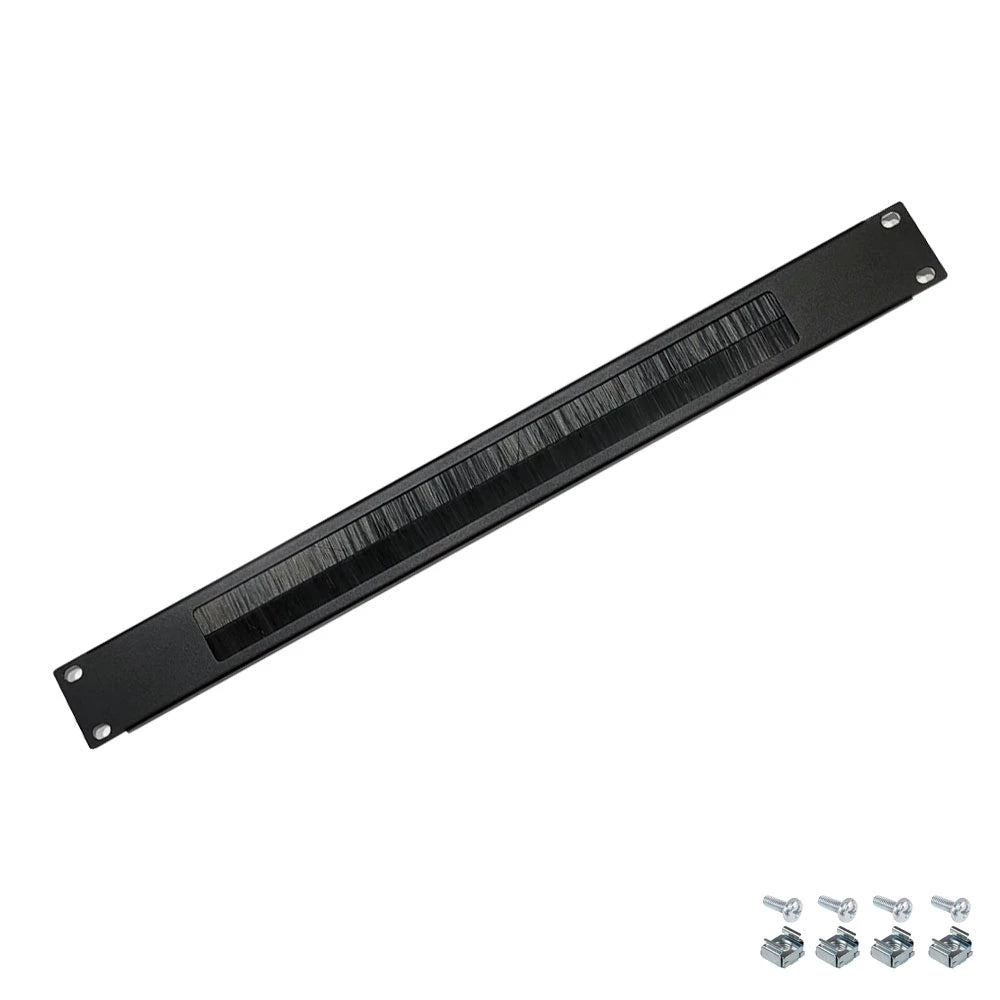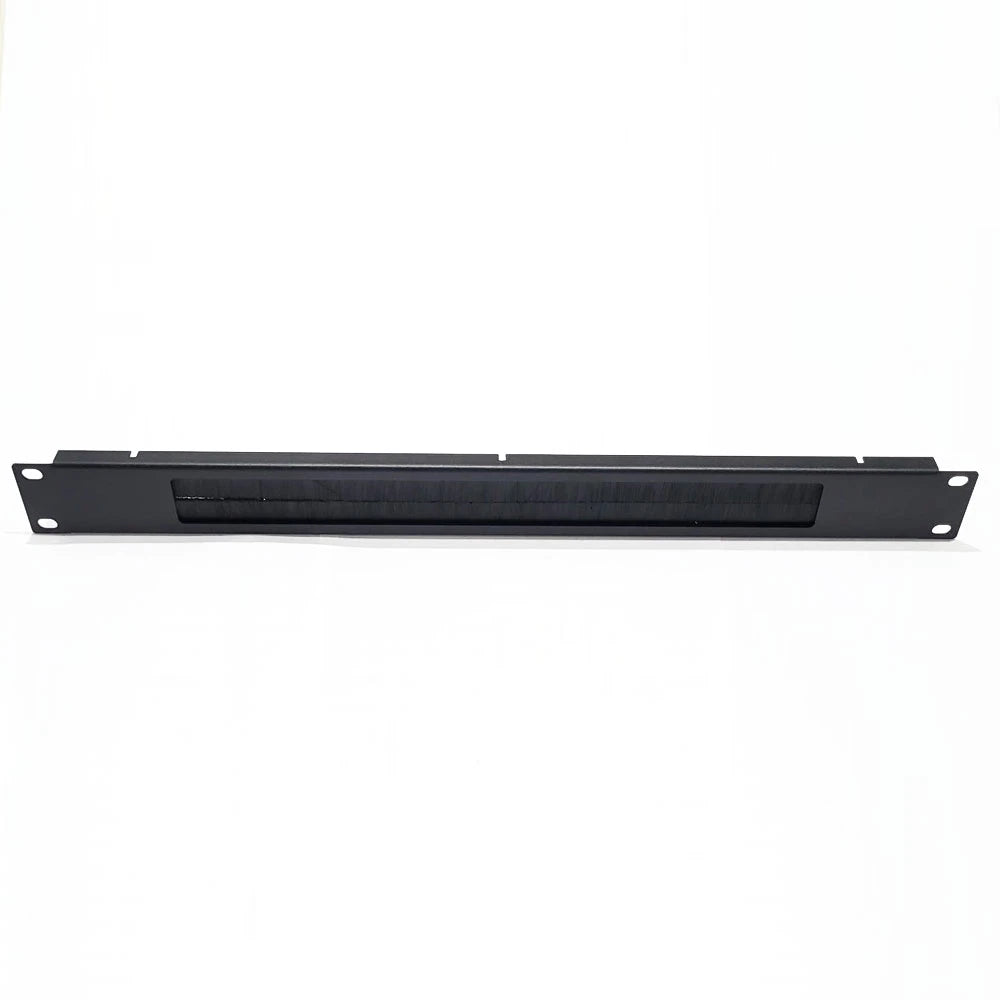Cable Organizers
Effective cable management is a cornerstone of a well-organized and high-performing IT environment. Cable organizers are indispensable tools that help maintain order, improve airflow, and enhance the safety and accessibility of server racks, network setups, and other IT constructions. At Sturdx, we offer a range of premium cable organizers designed to meet the needs of diverse industries, ensuring your IT infrastructure remains efficient and professional.
This guide explores the various types of cable organizers, their benefits, and how they integrate seamlessly with other essential products in IT environments.
What Are Cable Organizers?
Cable organizers are accessories specifically designed to manage and secure cables within IT setups. These tools prevent tangling, reduce clutter, and simplify maintenance tasks. They are available in various forms, including cable trays, ties, ducts, and rings, each serving a unique purpose.
Key Features of Cable Organizers
-
Improved Organization: Maintain a neat and professional appearance by preventing cable tangling.
-
Enhanced Airflow: Open paths for better airflow, which reduces overheating risks.
-
Safety Assurance: Prevent accidents caused by loose cables.
-
Simplified Maintenance: Quickly identify and address issues without navigating through cable chaos.
Benefits of Using Cable Organizers in IT Infrastructure
1. Improved Performance of IT Equipment
Well-organized cables allow for better airflow around equipment, preventing overheating and ensuring optimal performance.
2. Reduced Downtime
Easily trace and resolve issues with clearly labeled and neatly arranged cables, minimizing service interruptions.
3. Enhanced Professionalism
Tidy cable management reflects a professional and reliable IT setup, critical for client-facing environments.
4. Future Scalability
Cable organizers accommodate additional cables as your IT infrastructure grows, reducing the need for complete overhauls.
Types of Cable Organizers Offered by Sturdx
1. Cable Trays
Cable trays are horizontal structures designed to support and route large bundles of cables. They are perfect for server racks and data centers.
Features:
-
Open design for optimal airflow
-
Durable construction to support heavy cables
-
Compatibility with rack shelves and patch panels
2. Cable Ties and Velcro Straps
These are simple but effective tools for securing small cable bundles. They are reusable and flexible, offering versatility for various setups.
Features:
-
Cost-effective and easy to use
-
Reusable options for sustainable practices
-
Ideal for compact spaces like wall mount server rack cabinets
3. Cable Management Rings
Cable rings provide organized routing paths within server racks, making it easy to segregate and trace cables.
Features:
-
Sturdy construction for long-term use
-
Flexible placement options
-
Compatible with fan modules for optimized cooling
4. Cable Ducts
Ducts are enclosed pathways that shield cables from external damage and provide a clean appearance.
Features:
-
Protect cables from dust and physical damage
-
Aesthetic design for professional setups
-
Suitable for use with free standing server rack cabinets
Integrating Cable Organizers with Other Sturdx Products
Maximize the efficiency of your IT setup by pairing cable organizers with other Sturdx solutions:
-
Patch Panels: Simplify cable connections and streamline network management.
-
Fan Modules: Ensure efficient cooling by maintaining clear airflow paths.
-
Rack Shelves: Keep peripheral devices organized and accessible.
-
Server Rack Cabinets: Enhance overall infrastructure efficiency with secure and spacious enclosures.
How to Choose the Right Cable Organizer for Your Setup
Selecting the ideal cable organizer depends on your specific requirements and infrastructure layout. Consider the following factors:
1. Cable Volume
Assess the number of cables in your setup and choose organizers that can handle the load efficiently.
2. Installation Environment
For high-density setups, use cable trays or ducts. In compact spaces, opt for ties or rings.
3. Future Expansion
Plan for scalability by selecting modular solutions that accommodate future growth.
4. Aesthetic Preferences
Choose designs that align with the professional appearance of your IT infrastructure.
Best Practices for Using Cable Organizers
1. Label All Cables
Clearly label cables to simplify troubleshooting and maintenance.
2. Separate Power and Data Cables
Keep power and data cables apart to avoid electromagnetic interference.
3. Maintain Proper Airflow
Use open cable trays or rings to ensure adequate ventilation.
4. Regular Maintenance
Inspect and adjust cable organizers periodically to prevent slack and maintain order.
Applications of Cable Organizers in Various Industries
1. Data Centers
Organize and route thousands of cables efficiently in high-density setups.
2. Retail Stores
Secure and tidy cables in POS systems to ensure uninterrupted operations.
3. Educational Institutions
Streamline IT infrastructure in schools and universities for seamless connectivity.
4. Healthcare Facilities
Maintain clean and professional IT setups in clinics and hospitals to support critical systems.
FAQ: Cable Organizers
Q1: What are cable organizers used for?
A: They manage and secure cables to improve organization, airflow, and accessibility in IT setups.
Q2: Are cable organizers compatible with all server racks?
A: Most organizers are compatible with standard server racks. Verify dimensions for custom setups.
Q3: How do I maintain cable organizers?
A: Regularly inspect and adjust organizers to prevent slack and ensure cables remain secure.
Q4: Can I use cable organizers for non-IT purposes?
A: Yes, they are versatile tools suitable for managing cables in home offices, workshops, and other environments.
Q5: Why should I choose Sturdx cable organizers?
A: Sturdx offers durable, efficient, and aesthetically designed organizers that integrate seamlessly with our other IT solutions.
By investing in Sturdx cable organizers, you ensure a clean, efficient, and scalable IT infrastructure that meets the demands of modern business operations.

